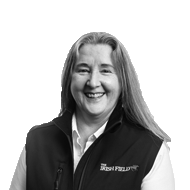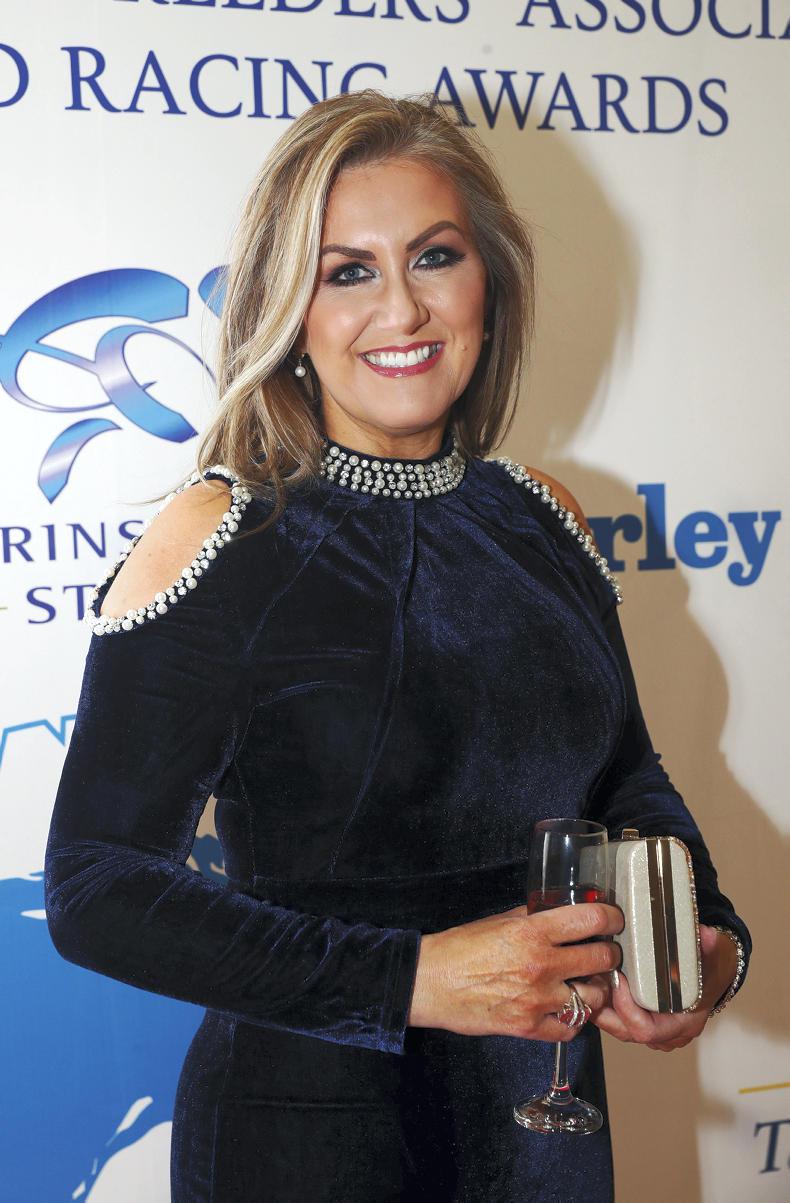TWO key messages that came out of the major sport horse breeding conference hosted by Horse Sport Ireland last December, were the demand by top eventing riders for an increased percentage of thoroughbred blood in foals, and that whichever stallion a breeder decides to use, that they ultimately choose a sire that truly suits their mare.
Tipperary international event rider and two-time WEG silver medal winner, Padraig McCarthy, really set the ball rolling at the conference, pointing out that the higher end of the eventing market was swinging “back to blood’’ to get athletic horses that can and will jump the four and five-star tracks. In doing so, McCarthy ignited a lively debate that became a predominant theme throughout the day, giving attendees plenty of food for thought.
Conversely, the floor also heard how difficult it had proved historically for stallion-keepers to viably stand thoroughbred sires in the sport horse world. Currently, only 5-10% of Irish Sport Horse foals have a high percentage of TB blood although some new initiatives have now been unveiled by HSI to encourage breeders.
Striking the right balance in horse breeding is truly a mixture of art and science while the very genus of breeding has its roots in dreams, hopes, pride and ambition. Every active breeder dreams of having good foals on the ground that are fit for purpose and in demand by the marketplace. There is now a substantial amount of data out there to aid mating plans on paper and all should be utilised to the full. However, expert breeders, both national and international, have repeatedly advised people to look at stallions in the flesh where possible and to take a cold, hard look as to whether they would suit the mares they have in mind for him. There’s no online substitute to actually talking to the stallion-keepers, other breeders and riders involved.
With 14,000 breeders in Ireland, the traditional model was the small farmer-breeder with between one to five mares, right up to the more commercial breeders who focus on breeding elite stock, in demand for the international sport. Through our weekly coverage of the breeding and performance world over the last 12 months in Irish Horse World, we owe a debt of gratitude towards all the breeders, owners, riders and producers who have willingly and openly shared their experiences and expertise through these pages, bringing both great insight and stories through to the kitchen table every Saturday morning for each and every one of our readers.
Ireland stands apart with its inherent advantages for the breeding and production of good horses, gifted with what is undoubtedly the world’s best land, temperate climate and accompanied by its own tribe of natural horse people. The sport horse sector, worth €816 million to the Irish economy annually, supports some 13,000 full-time jobs across every rural parish in Ireland.
Auctioneers Martin Donohoe in Goresbridge and Stuart Clarke in Cavan Equestrian can attest to the fact that trade is off to a flying start for 2019 at each key venue from their opening sales of the year and already, the indications are that this year could well see bumper trade in the sales ring. As ever, there is always a market – and a job – for every well produced horse or pony. Similarly, there will be few, if any, takers for a poorly produced animal or those with serious conformational shortcomings.
The D-Day of March 29th for Brexit passed yesterday and we are now just a stone’s throw from the revised date. The looming ending of the Tripartite Agreement which has been in place since the 1970s, allowing easy movement of horses and ponies between Ireland, Britain and France, will mean a significant jump in the amount of paperwork moving horses from or through a non-EU state from an EU state.
Increased documentation, veterinary inspections and checks at border control posts will inevitably lead to longer travel times for horses, very possibly creating a heavier welfare burden. Now more than ever before, the Irish equine industry, both thoroughbred and sport horse, has to speak with a united, cohesive voice to help ensure the protection of this valuable national asset.
The Irish Field team wish all breeders a successful foaling and breeding season in 2019.


 This is a subscriber-only article
This is a subscriber-only article
 It looks like you're browsing in private mode
It looks like you're browsing in private mode










SHARING OPTIONS: